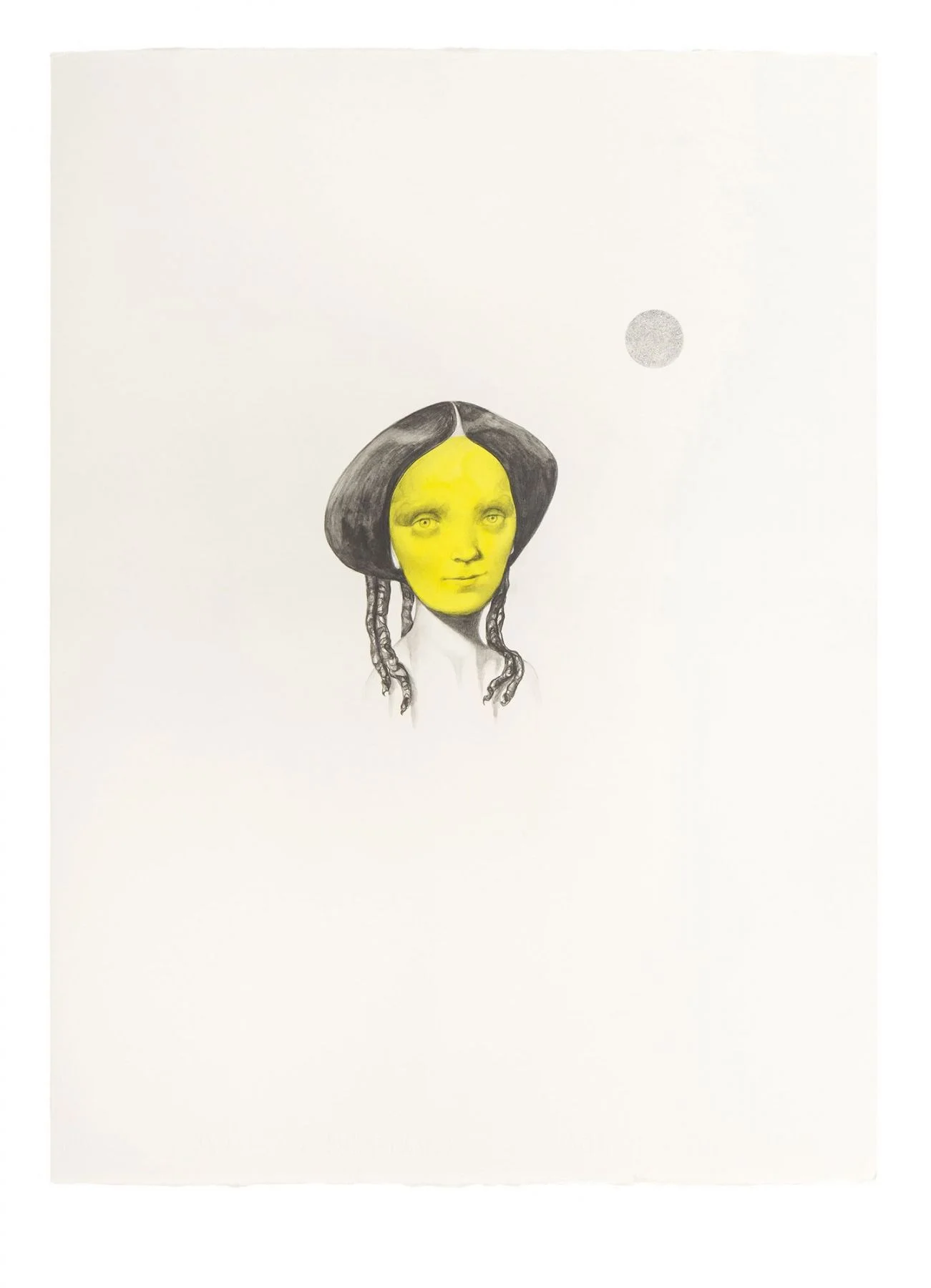Paloma Varga Weisz
Wundergestalt
New York,
Gladstone Gallery is pleased to present an exhibition of new sculpture and drawings by Paloma Varga Weisz. Her idiosyncratic, anachronistic, and thoughtful wood carvings utilize traditional techniques, used for centuries in the creation of ecclesiastical sculpture. Varga Weisz, however, works against the grain of tradition in subtle ways through figures that draw on obscure references to art history, current events, and medieval iconography. Endowing each of these figures with a palpable psychology, her hand manifests different interior states and affective postures. Seen together with her drawings, Varga Weisz’s practice seems populated with repertory company of surreal players, akin to neo-platonic intermediaries moving between imagination’s hinterland to our reality via her intuitive touch.
““The subjects had, indeed, risen vividly on my mind. As I saw them with the spiritual eye, before I attempted to embody them, they were striking…”
—Charlotte Brontë, Jane Eyre (1847) ”
For this exhibition, Varga Weisz creates fantastical animal-human hybrids that emerge from an imaginative terrain wherein the miraculous shapes of the title shed light on both the chimerical and the humane. These iterations of arcane relics transform the gallery space, inviting viewers into what critic Alessandro Rabottini describes as “the vastness of…inner experience, that nervous system of simultaneity which is out experience once it shifts away from the here-and-now and occupies a space in which memory, present, and imagination coexist.” Whether left in their original wooden state or surfaced with metallic leafing or polychrome, the figures emerge from this place of interior wonder through Varga Weisz’s acuity for both craft and fine art traditions. Perhaps a collection of strange figures held in the wunderkammer of the mind, each sculpture possesses both a distinct bearing and semblance of relationships to each other—a family of characters that animate darker strata of being: a Janus-like head of multiplying faces recalls both mythological creatures from Northern European illuminations and Brancusi’s curvilinear modernist sculpture. Often removing figures from their original context, Varga Weisz appropriates both well-known and fancifully idiomatic tropes and reconfigures them as a constellation of archetypes that elucidate representations of femininity, history, and the grotesque. It is in a strange time/place where her practice resides; the twilight liminality of dreams and realities where the known and the unknown meet and feel estrangingly akin to each of us.






